Laundry on the Go
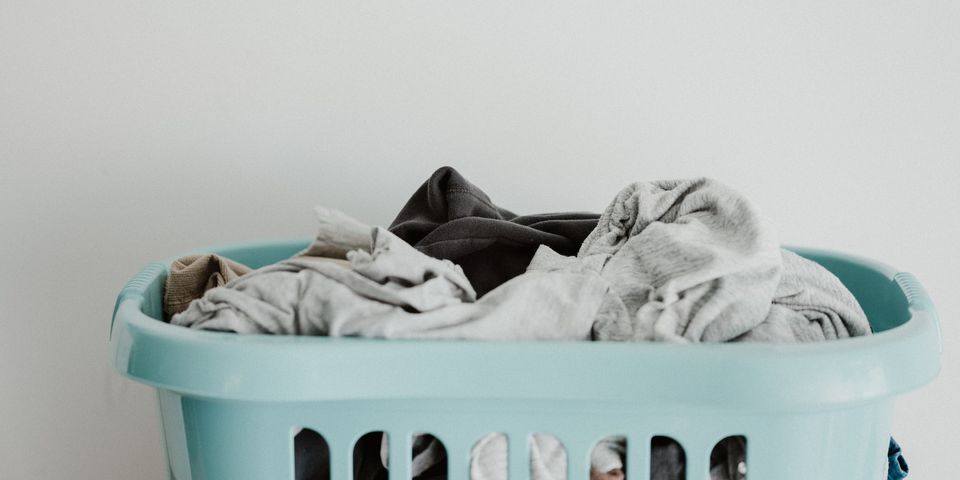
If you're unprepared, keeping your clothes clean and smelling fresh while constantly moving can be time-consuming. Occasionally, you may have the option of using hotel laundry services, but they tend to be expensive and may not handle your clothes with the same level of care that you would. At the same time, laundromats are sometimes available, even if that can require some effort compared to simply spending 20 minutes at home doing your laundry.
Fibers
The first part of reducing the amount of work to do laundry is to reduce how often you have to do it in the first place. This means paying attention to your fibers and avoiding the most common of cotton and polyester; They both love to stink.
One exception to the no-cotton rule is denim. Denim is made of cotton but has been proven to be reasonably anti-bacterial, but as a traveler, the trade-off here will be weight.
Older fibers such as Linen, the oldest, or Wool, which cotton largely replaced, have antimicrobial properties. This means more wear between washes. They also have longer fiber lengths than cotton, making them more robust and better suited for more wear and tear.
Alpaca Wool also fits in this category and is exceptionally soft and light, but I've had some durability issues due to its hollow fiber when used 100% in textiles. The more common knitted Alpaca does not have this issue due to the higher fiber count.
Before washing machines were invented, people had considerably fewer clothes but generally did the same amount of laundry; wool base layers were the default. Today Wool is significantly more refined and not as itchy. Like the origin of most fashions, Merino Wool comes from the sports world and can be used to replace anything that otherwise would be made from cotton.
Gear
I don't carry much to support doing laundry; everything but my clothing line is repurposed from other day-to-day uses.
The first requirement is soap. I travel with Dr. Bronner's Pure Castile Soap, any brand will work, but you want pure Castile soap or a laundry bar. The nice thing about Castile is that you can use it for anything.
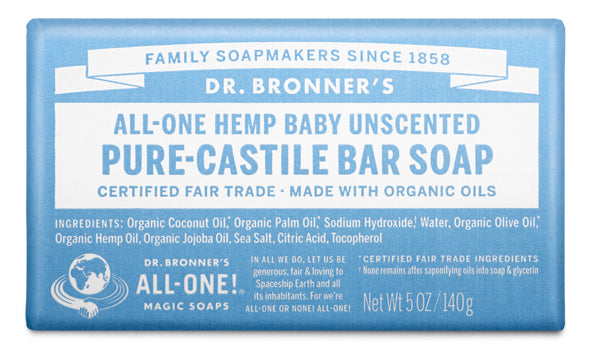
To keep this in my bag without getting everything wet, I use Matador's FlatPak Soap Bar Case. This uses some material science magic to allow a wet bar of soap to dry without getting your stuff wet.

I keep a Sea to Summit Lite Line Clothesline to string everything up in my pack. I don't use this every time, so it's a little optional, but it comes in handy when there are no railings or not enough hangers in your room to help dry things out. With built-in beads that work clips, this clothesline is excellent for hooking ceiling joists, curtain rod mounts, or trees.

Finally, the washing machine. This is the magic. I carry Matador's Freefly16 Packable Backpack for my daypack, which is "weatherproof". Weatherproof means that it will resist water from rain, but since it stops it from coming in, it can prevent it from going out, making it a pretty good wash bag. It's not waterproof, so the bag will leak a tiny amount when filled with water, but that's fine.
Alternatively, you could use a dry sack or a plastic trash bag; the goal is to have something you can fill with water and agitate a bit, like a washing machine.
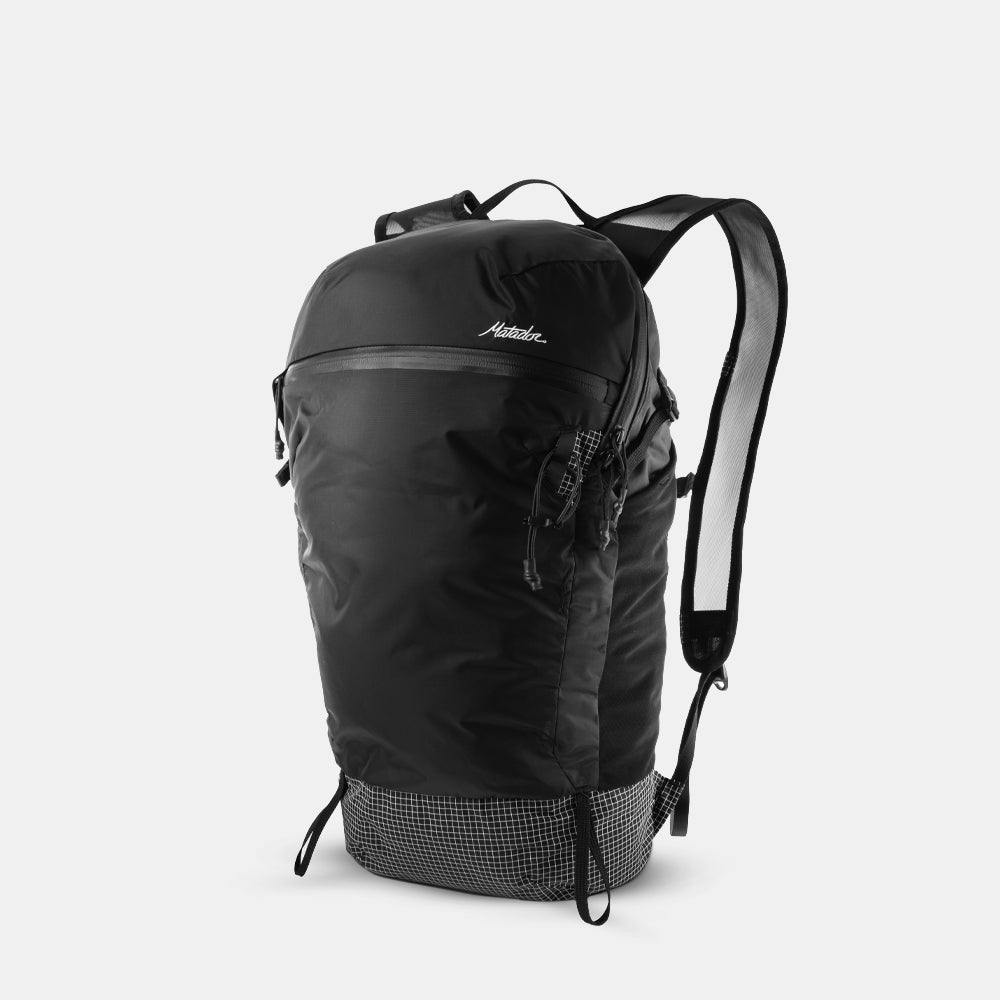
Process
This is my process for cleaning my clothes. Generally, it takes maybe 15 minutes of active time, which I have often done while making breakfast in the morning.
- Wash. Add your clothes, water, and a bit of soap into your bag. My bag leaks so I will do this in the sink or the shower.
- Agitate the bag every 5 mins for 15 mins. This allows the soapy water to pull off dirt and kill the bacteria.
- Drain out the water. I often do this in the shower, making it easier for the next step.
- Rinse your clothes. One option is to refill and dump your bag a few times, like washing rice, but I like to turn on the shower and run each item through before ringing drying.
- Roll. Next, I will take some hotel towels or my microfiber travel towel and lay them out on my bed. Then lay my clothes out on the towel. Finally, I will roll the towel up with my clothes in them. This allows the towel to suck out much of the water quickly. I'll let my toweled-up clothes sit for a few minutes or sit on them to add pressure to speed up the osmosis process.
- Hang & Lay. Once unrolled, the clothes will be damp but not dripping. Then I will hang my clothes or lay them on my bed to dry.
Soap vs. Detergent
It should be noted that soap and detergent are not the same. Soap works well but does not always work as well as a detergent. To balance this out, I will seek out a laundromat or a washing machine when my clothes start to get stinkier faster.
What tricks do you have for keeping things clean?



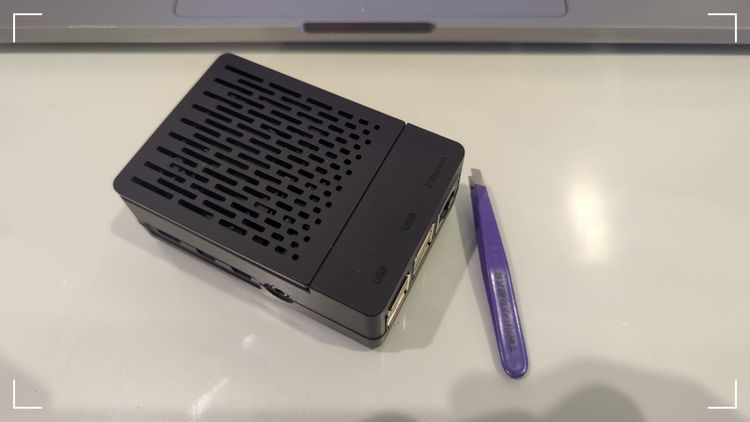
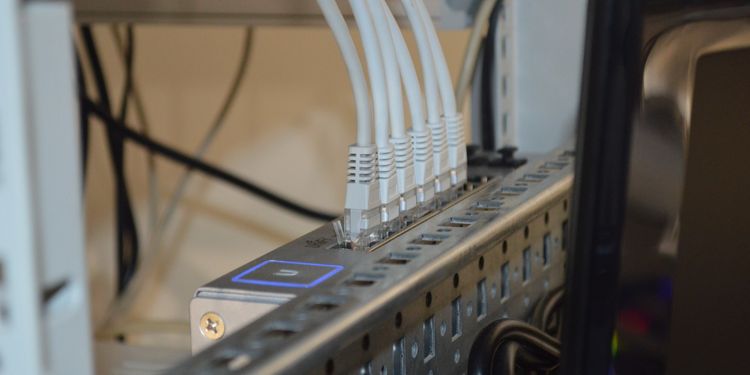
Member discussion